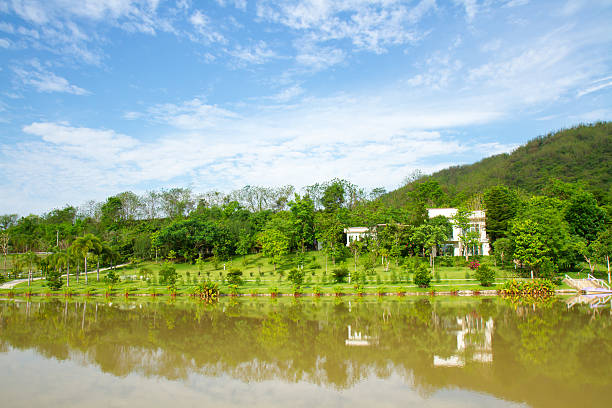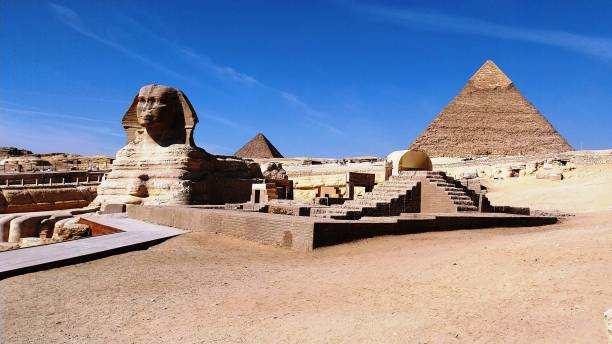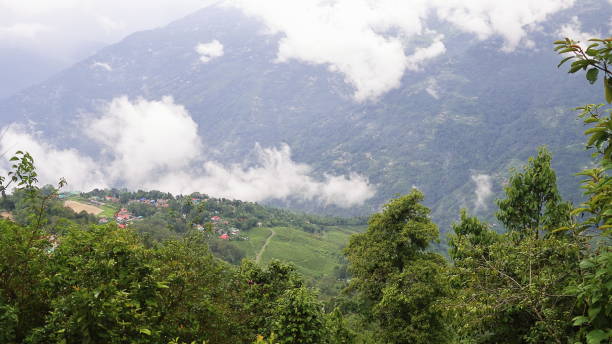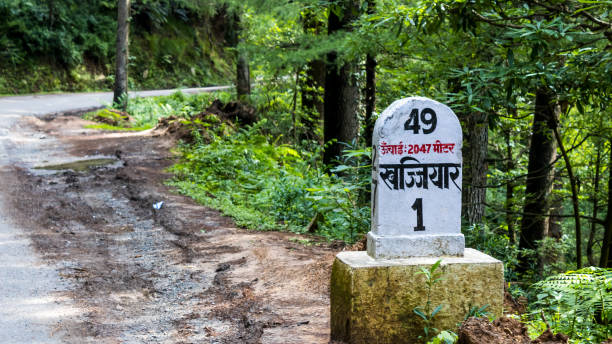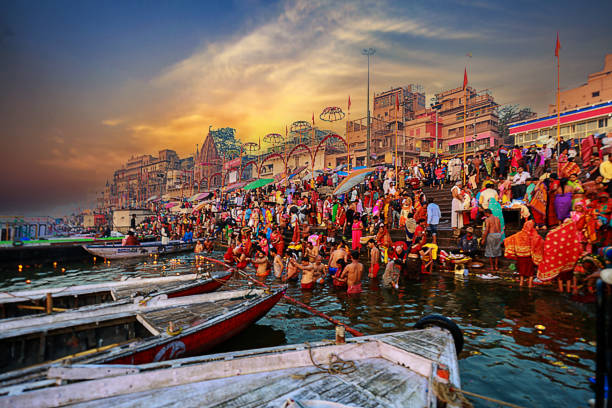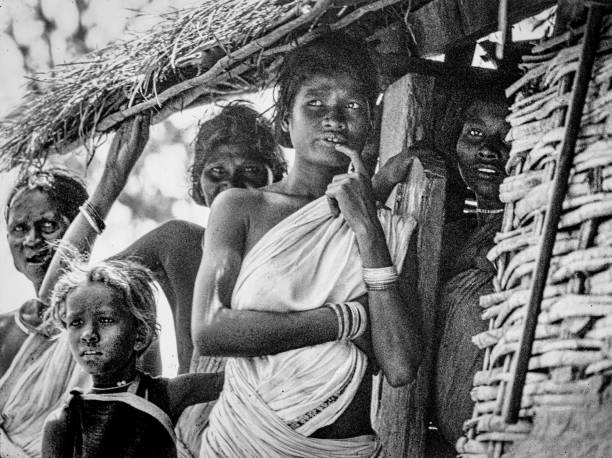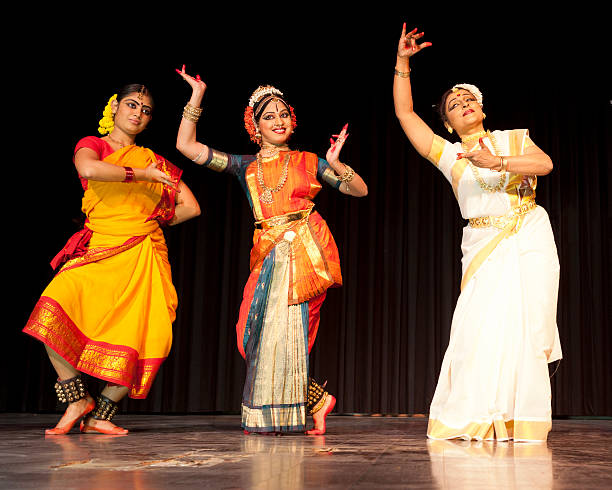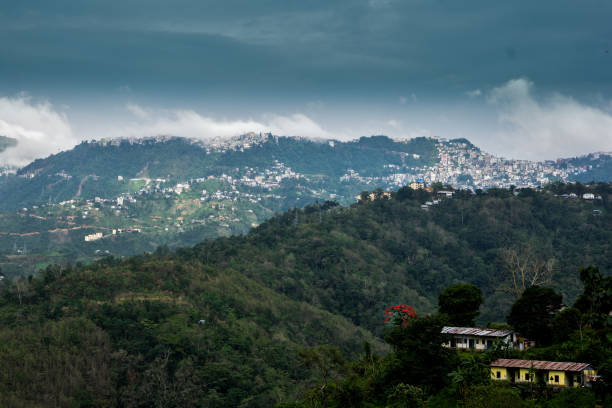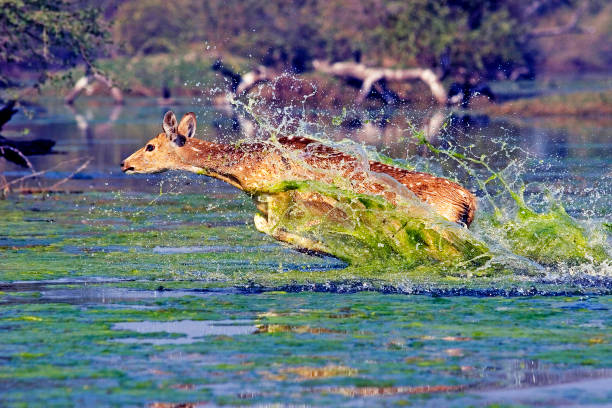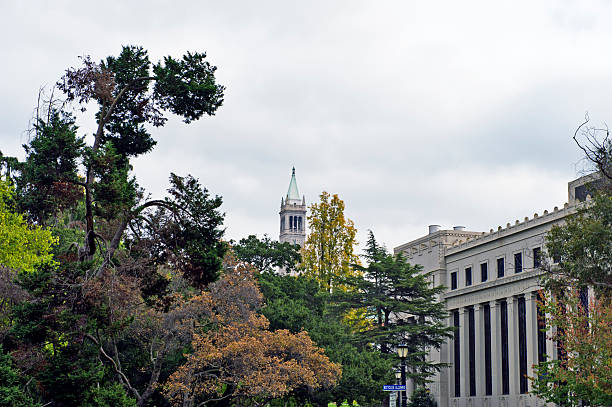Isolated Tribes: Understanding Minimal Contact with the Outside World
Examining the motivations behind limited or hostile interactions with the outside world.
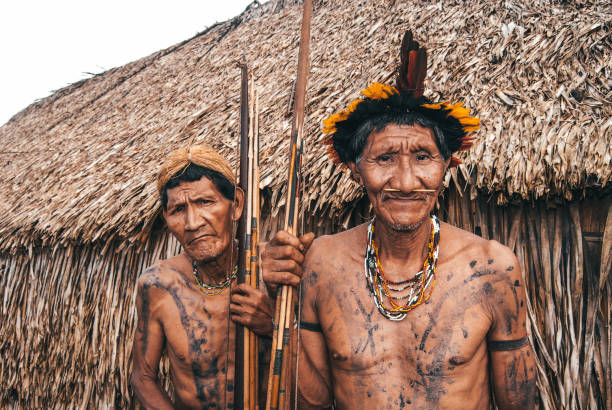
While the term "dangerous" can be misleading and culturally insensitive, it seems your question pertains to tribes who have minimal or hostile interactions with the outside world, often as a means of self-preservation and to protect their way of life. Here are five examples of such tribes:
- The Sentinelese (North Sentinel Island, India): As mentioned previously, this tribe is known for its extreme isolation and hostile reaction to outsiders. They have consistently rejected contact, and attempts to approach their island have often been met with aggression. Their isolation is maintained by their own actions and the Indian government's policy of non-interference.

- Uncontacted Tribes of the Amazon (Brazil and Peru): Within the vast Amazon rainforest live numerous groups who actively avoid contact with the outside world. These tribes, such as some groups of the Awá, Mashco-Piro, and Yanomami, are vulnerable to diseases and exploitation, and their avoidance of outsiders is often a strategy for survival. Encounters can be dangerous due to the risk of disease transmission and potential defensive reactions.

- The Jarawa (Andaman Islands, India): Sharing the Andaman Islands with the Sentinelese, the Jarawa have also historically been wary of outsiders. While interactions have occurred, they largely maintain their distance and have a history of defending their territory.

- The Korowai (Papua, Indonesia): This tribe, living in the dense rainforests of Papua, was relatively unknown to the outside world until the 1970s. While some contact has been made, certain groups remain isolated and maintain their traditional way of life. Initial interactions sometimes involved misunderstandings and fear.

- The Ayoreo-Totobiegosode (Paraguay): This is a subgroup of the Ayoreo people living in voluntary isolation in the Gran Chaco region. They have had traumatic encounters with the outside world, including forced contact by missionaries and displacement due to deforestation, leading them to fiercely avoid further interaction.

It is crucial to reiterate that labeling these tribes as simply "dangerous" is a Western-centric and often inaccurate portrayal. Their limited or hostile interactions with the outside world are often rooted in a desire to protect their autonomy, culture, land, and health. Understanding their history and the threats they face is essential for a more nuanced perspective.









